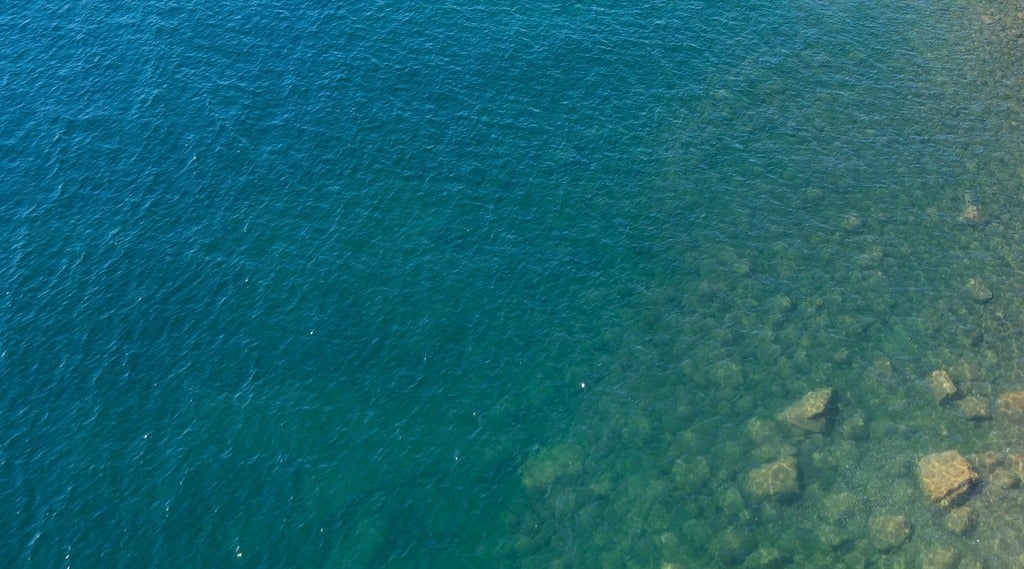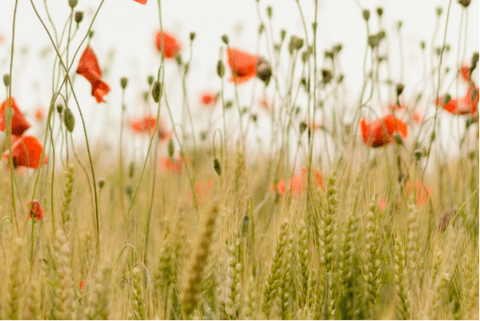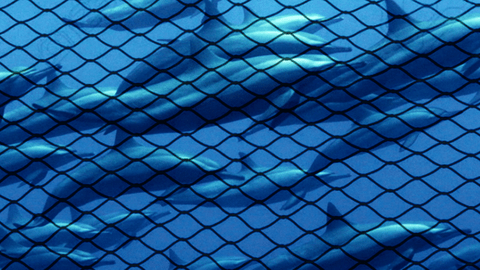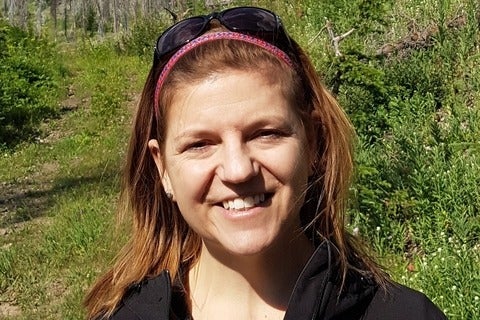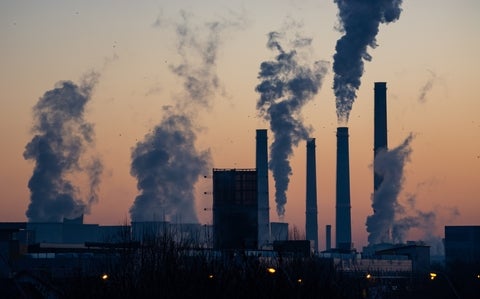Disrupting the myth of water abundance in Ontario
Waterloo researchers, including Climate Institute members Olaf Weber, Horatiu Rus and Jason Thistlethwaite, publish new paper that reveals half of our watersheds have a moderate to high potential for water risk
